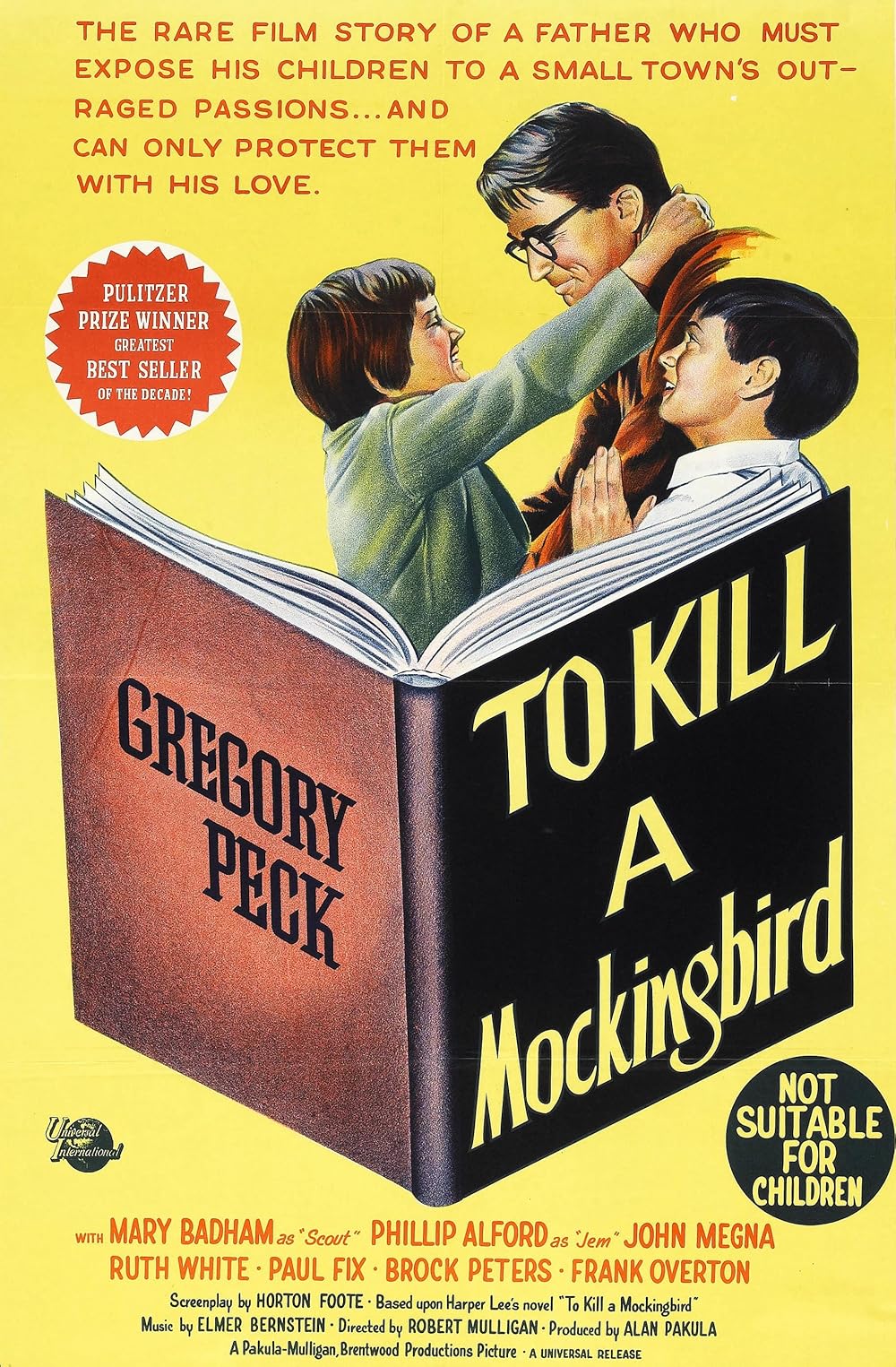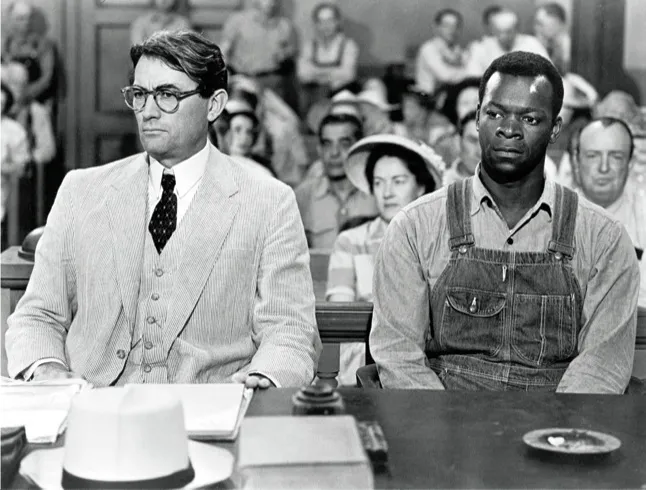CLASSIC REVISITED: 'TO KILL A MOCKINGBIRD' REMAINS POWERFUL TESTAMENT TO JUSTICE
By Literary Correspondent | Staff Writer
Harper Lee's Pulitzer Prize-winning masterpiece "To Kill a Mockingbird" stands as one of the most influential works of 20th-century American literature, continuing to resonate with readers decades after its 1960 publication. Set in the fictional town of Maycomb, Alabama, during the Great Depression, the novel presents a searing examination of racial injustice, moral growth, and the complexities of human nature through the innocent eyes of a child.
The narrative unfolds through the perspective of Jean Louise "Scout" Finch, a precocious young girl navigating childhood alongside her brother Jem and friend Dill. Their father, Atticus Finch, a principled lawyer who becomes the moral compass of the story, defends Tom Robinson, a Black man falsely accused of assaulting a white woman. This controversial case exposes the deep-seated racial prejudices that plague their small Southern town.


What distinguishes Lee's work is her remarkable ability to address profound social issues through accessible storytelling. The courtroom drama serves as the novel's centerpiece, but it's the surrounding community portrait that provides crucial context. Lee masterfully weaves themes of empathy, courage, and moral education through Scout's coming-of-age journey, crafting characters of tremendous depth and authenticity.
Atticus Finch remains one of literature's most admired characters, embodying quiet integrity in the face of overwhelming social pressure. His famous admonition to Scout—"You never really understand a person until you consider things from his point of view... until you climb into his skin and walk around in it"—encapsulates the novel's central lesson about empathy and understanding.
The mysterious neighbor Arthur "Boo" Radley provides another lens through which Lee explores prejudice and compassion. Initially the subject of children's fascination and fear, Boo ultimately emerges as an unexpected guardian, challenging preconceptions about isolation and humanity.
"Mockingbirds don't do one thing but make music for us to enjoy... they don't do one thing but sing their hearts out for us. That's why it's a sin to kill a mockingbird."
This memorable explanation from Atticus gives the novel its title and central metaphor—the mockingbird representing innocence destroyed by evil. Both Tom Robinson and Boo Radley embody this symbolism, victims of societal cruelty despite their inherent goodness.
Despite its 1930s setting, the novel's examination of racial injustice, class distinctions, gender roles, and moral courage remains remarkably relevant today. Lee's unflinching portrayal of America's painful history with racial inequality encourages readers to confront uncomfortable truths about prejudice and systemic injustice that continue to resonate in contemporary society.

Lee's prose balances warmth, humor, and lyrical beauty with unflinching moral clarity. Her ability to authentically capture the voice of a child narrator while addressing profound adult themes demonstrates remarkable literary craftsmanship. The novel's seemingly simple structure belies its thematic complexity, making it accessible to young readers while offering deeper insights to mature audiences.
More than sixty years after its publication, "To Kill a Mockingbird" continues to challenge and inspire readers. Its place in the literary canon is secured not merely by its historical significance but by its enduring artistic merit and moral vision. In Scout's journey from innocence to understanding, we find our own path toward greater empathy and justice in an imperfect world.